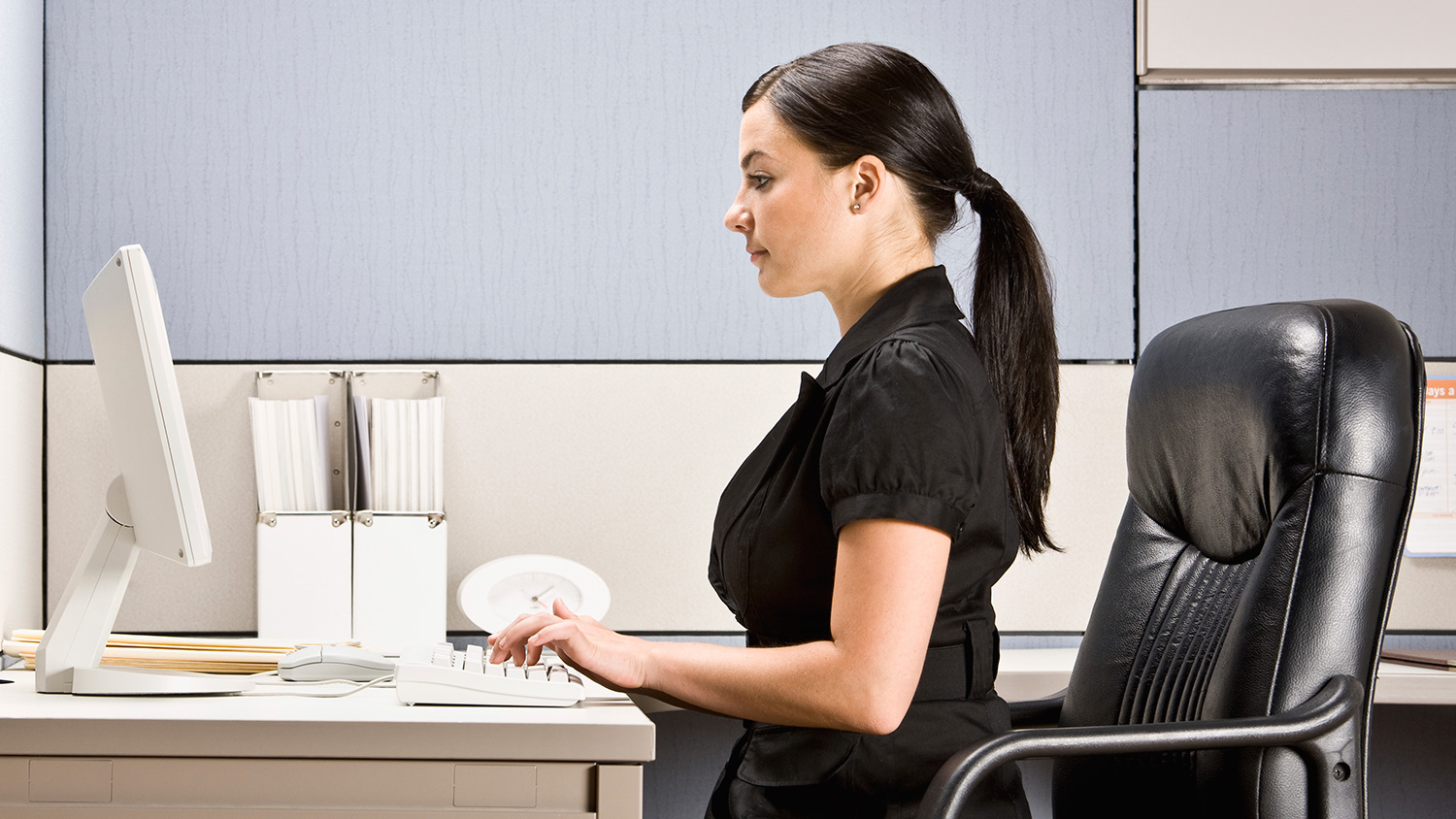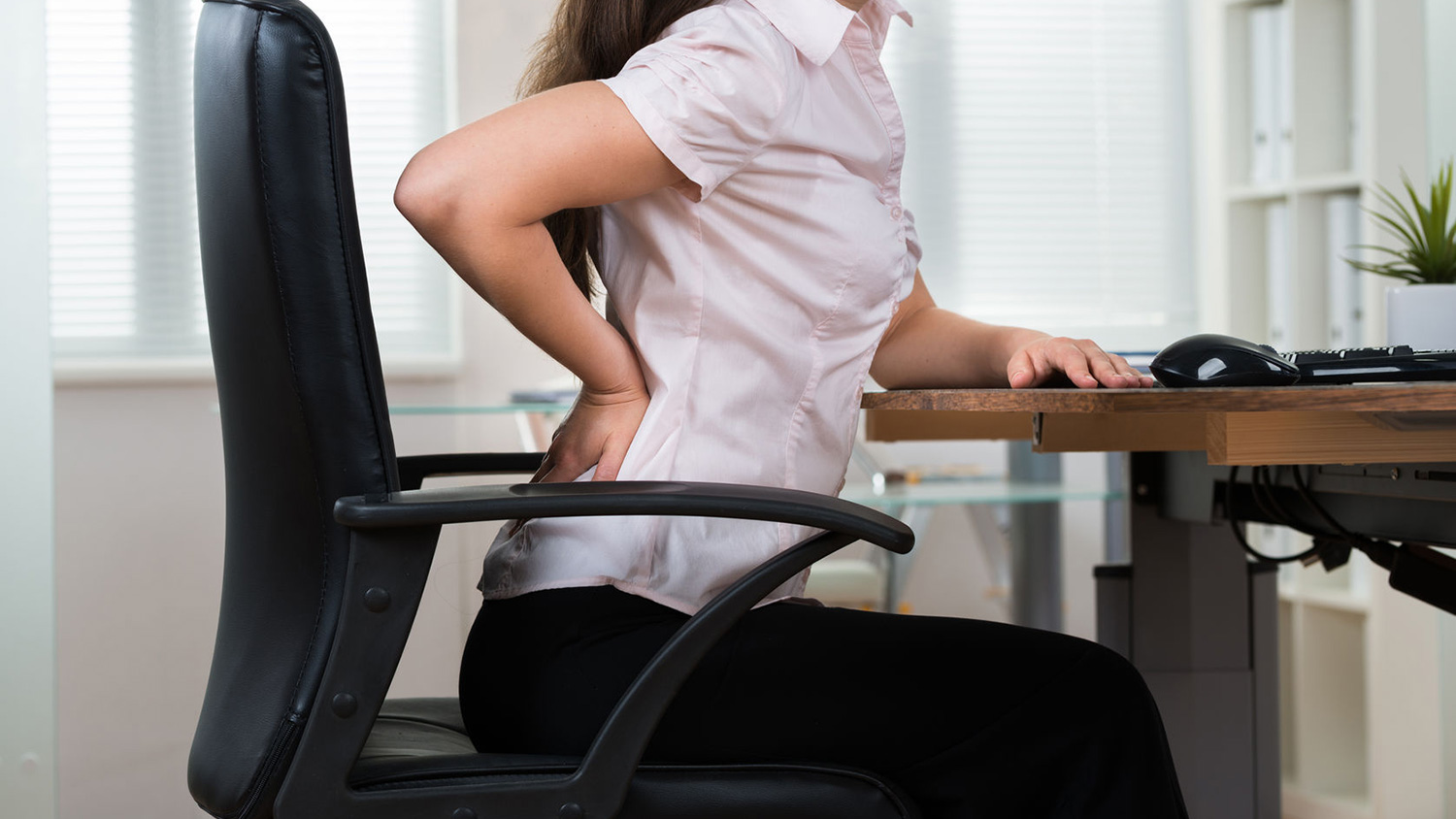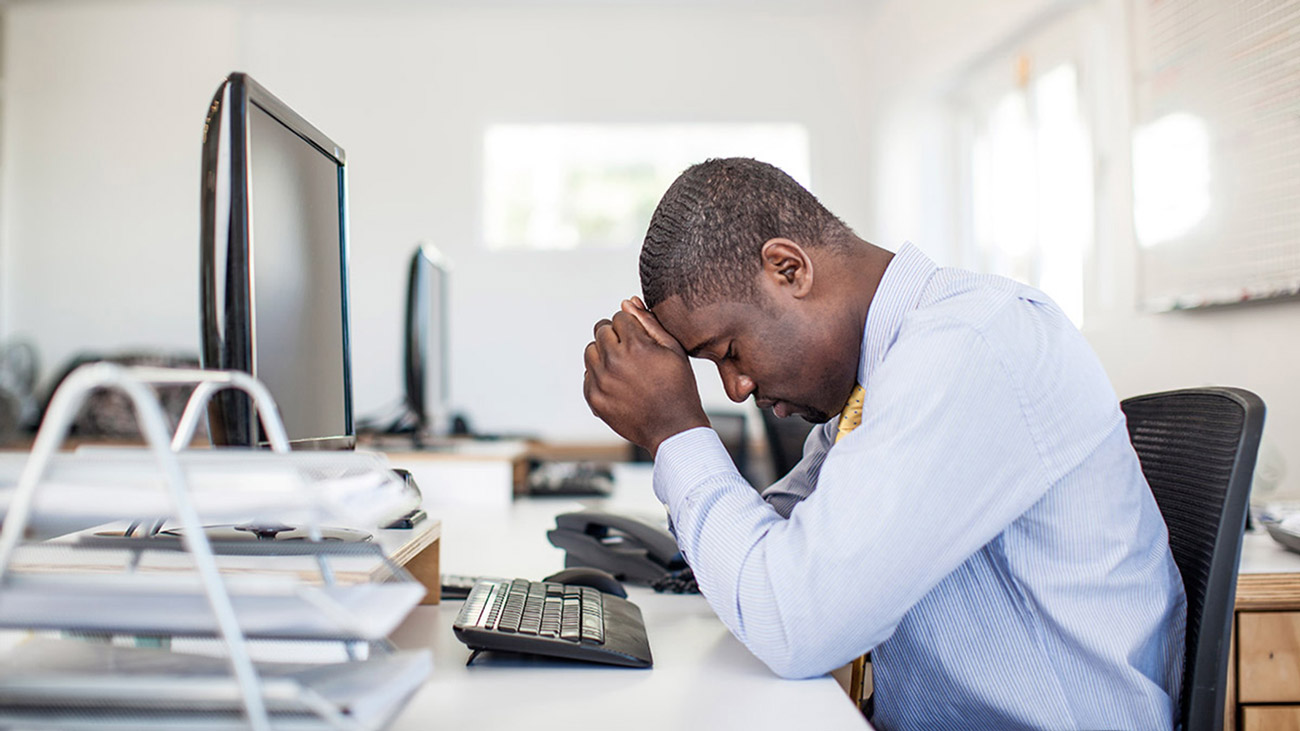
Is prolonged sitting the new smoking?
Sitting has frequently been equated with smoking, with some sources even suggesting that smoking is safer than extended periods of sitting, according to the American Journal of Public Health. The statement has been disputed, but current research gives strong indications that prolonged sedentary time is indeed associated with a significant increase in the relative risk of numerous negative health outcomes.
Office workers are most at risk of prolonged sitting. However, other jobs and work areas involving prolonged sitting include drivers, pilots, crane operators, sewing machine operators, assembly line workers and those working at service desks and in laboratories, call centres and control rooms.
Any workers who habitually use display screen equipment as a significant part of their normal work are covered by regulations on display screen equipment, which include providing them with a suitable workstation and chair, and periodic breaks or changes of activity to reduce time spent on display screen work.
It is important to change posture as much as possible. The general goal is to promote a dynamic, active workstyle: moving more and sitting less. Workers should be able to adopt a variety of positions when working and preferably be able to vary between sitting, standing and moving around.
Standing while working, as opposed to sitting for extended periods, can offer several benefits:
- Improved posture: Standing encourages better posture as it engages core muscles and supports the spine's natural alignment, reducing the risk of developing poor posture-related issues like rounded shoulders or forward head posture.
- Increased energy and alertness: Standing promotes better blood circulation, which can help keep you more alert and focused throughout the day. It prevents the lethargy that often accompanies prolonged sitting.
- Reduced risk of obesity and weight gain: Standing burns more calories than sitting, which can contribute to weight loss or weight maintenance over time. It also helps prevent the metabolic slowdown associated with prolonged sitting.
- Better blood sugar regulation: Studies suggest that standing after meals can help regulate blood sugar levels more effectively than sitting, which is particularly beneficial for individuals at risk of type 2 diabetes.
- Lower risk of chronic diseases: Standing has been associated with a lower risk of certain chronic diseases, including heart disease, certain types of cancer and metabolic syndrome.
- Improved mood and productivity: Some research indicates that standing can enhance mood and productivity, possibly due to increased energy levels and better circulation.
- Reduced risk of musculoskeletal issues: Alternating between sitting and standing can reduce the risk of developing musculoskeletal issues such as back pain, neck pain and stiffness in the joints.
- Increased collaboration and communication: Standing desks, particularly in shared workspaces, can foster more spontaneous collaboration and communication among colleagues as they are more approachable and conducive to brief interactions.
- Customisable work environment: Height-adjustable standing desks allow users to switch between sitting and standing positions, giving them more control over their work environment and allowing for greater comfort and productivity.
- Long-term health benefits: While more research is needed, some studies suggest that incorporating standing into daily work routines may have long-term health benefits, potentially extending lifespan and improving overall quality of life.
It's worth noting that while standing desks offer these potential benefits, they're not a panacea. It's essential to incorporate movement throughout the day, including walking breaks and stretching, to optimise health and wellbeing while working. Additionally, standing for too long without proper support or breaks can lead to its own set of issues, such as fatigue and foot discomfort. Balancing standing with sitting and regular movement is key to reaping the benefits while minimising any potential drawbacks.
Says the European Agency for Safety and Health at Work, a prevention strategy should include the following:
- Provide a suitable ergonomic workstation and suitable environmental conditions as a starting point, including an appropriate chair and table. Adjustability is important to allow postural change and comfortable working, for example adjustable chairs that also facilitate postural change and ‘dynamic sitting’, adjustable workstation height and sit-stand workstations that can swivel.
- Organise work to limit sitting and promote movement: balance the tasks to be performed and provide possibilities for active work, task rotation, job enrichment, minibreaks and individual control options. Choose an approach directed at active/dynamic work. Give workers sufficient control over their work so that they can alter how they work and take a break when needed.
- Organise the work environment and culture to promote movement, for example putting bins and printers in a common area and scheduling time for stretching during meetings.
- Encourage consultation and active worker involvement — this is important for all aspects of the strategy. By working together, employers and workers can find practical ways to promote more active ways of working.
- Promote healthy behaviour, for example through raising awareness of and providing training on prolonged sitting. This measure will be ineffective unless implemented together with the other above mentioned elements.
- Implement organisational policies and practices to make sure it happens in practice.
International Workplace’s Manager's Guide on Mitigating the Risks of MSDs in Hybrid Working will help you understand the issues and give some tips to help mitigate the dangers.
Our half-day Display screen equipment (DSE) training course raisees awareness of the health risks associated with working with display screens and identifies steps to reduce the risk of injury or ill health. Find out more here.




